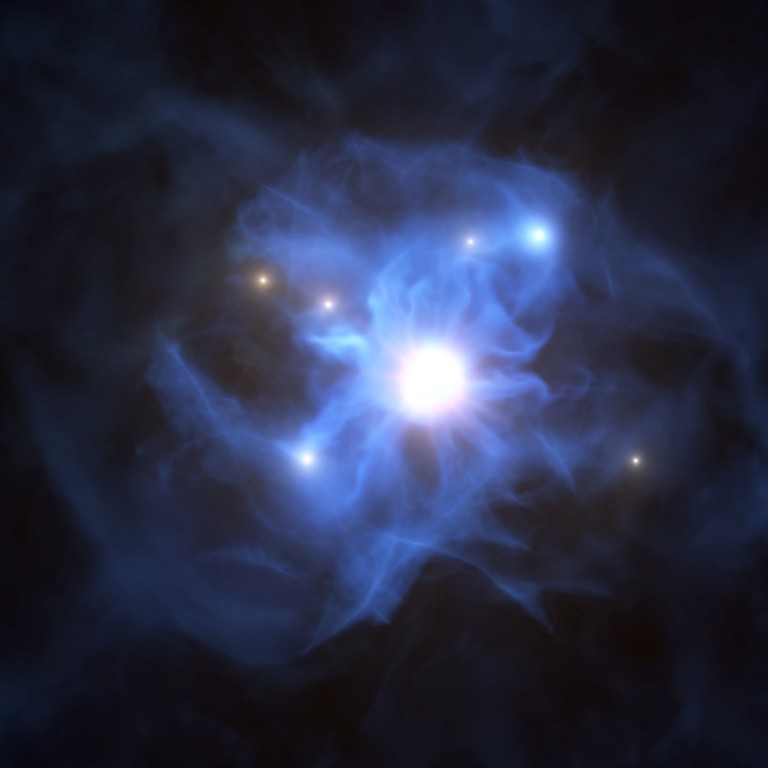
For the first time, light has been spotted from behind a black hole
- This has been predicted for decades by Albert Einstein’s theory of general relativity
- Findings were reported in a new study in the British journal Nature
Astronomers recently saw something they’d never seen before while peering at a black hole some 800 million light-years away: X-ray light emissions coming from directly behind the black hole at the centre of a distant galaxy.
The findings were reported in a new study published Wednesday in the British journal Nature.
“Any light that goes into that black hole doesn’t come out, so we shouldn’t be able to see anything that’s behind the black hole,” study lead author Dan Wilkins of Stanford University said in a statement. “The reason we can see that is because that black hole is warping space, bending light and twisting magnetic fields around itself.”
Two black holes collided to form cosmic body 142 times the mass of Earth’s sun
Such an incredible phenomenon has been predicted for decades by Albert Einstein’s theory of general relativity, but this is the first time the light from behind a black hole has been directly seen, according to IFL Science.
Researchers were studying a feature known as the corona, but telescopes also picked up unexpected “luminous echoes”, The Guardian said. The additional flashes were smaller, later and of different colours than the bright flares.
Roger Blandford, a co-author of the study, also from Stanford, said: “Fifty years ago, when astrophysicists started to speculate how the magnetic field might behave close to a black hole, they had no idea that one day we might have the techniques to observe this directly and see Einstein’s general theory of relativity in action.”
Chinese astronomers discover ‘impossibly massive’ black hole LB-1
Edward Cackett, an astronomer at Wayne State University who was not involved with the study, told MIT Technology Review that “this is a really exciting result. Although we have seen the signature of X-ray echoes before, until now it has not been possible to separate out the echo that comes from behind the black hole and gets bent around into our line of sight.”
Wilkins and his team are hopeful that detecting and studying more of these X-ray echoes could help us create partial or even full pictures of distant supermassive black holes, MIT Technology Review said. “In turn, that could help them unlock some big mysteries around how supermassive black holes grow, sustain entire galaxies, and create environments where the laws of physics are pushed to the limit.”

